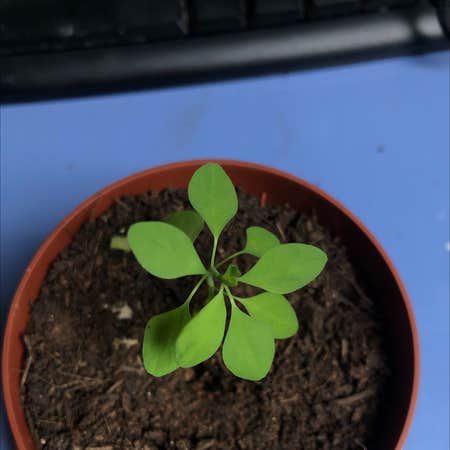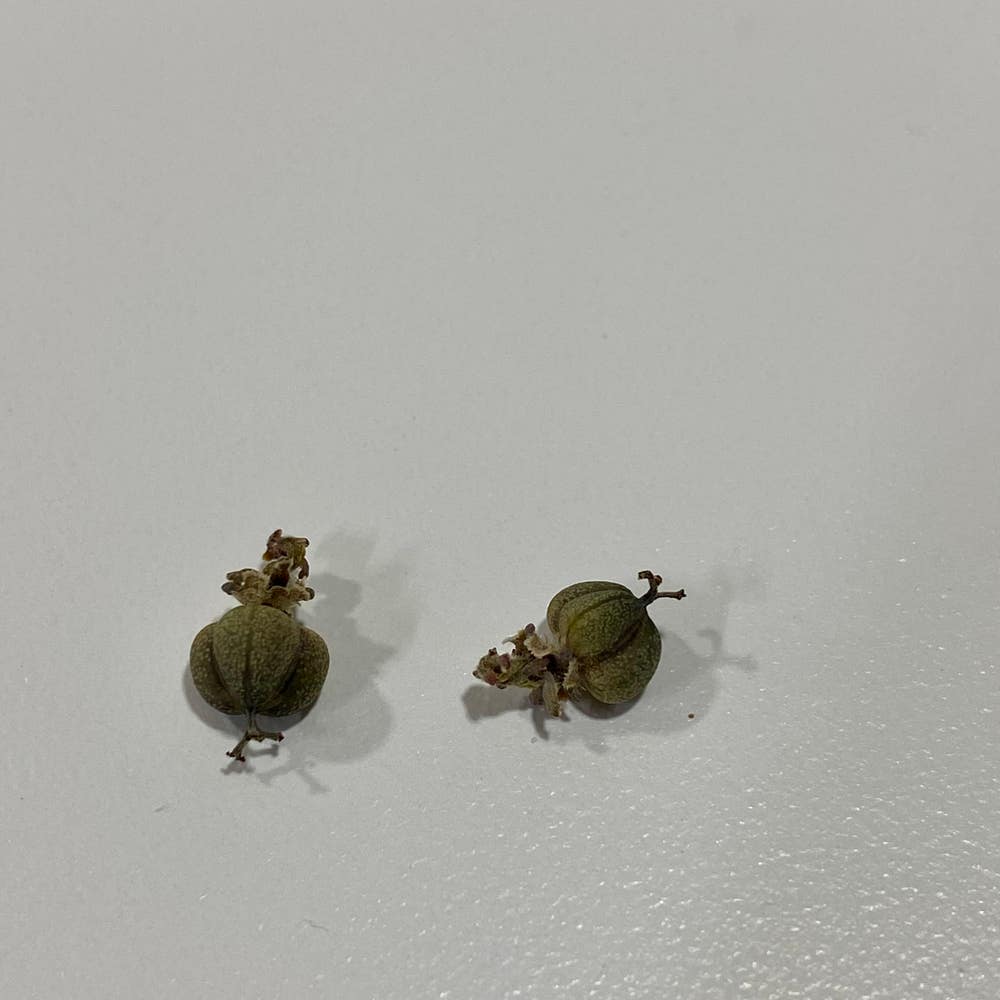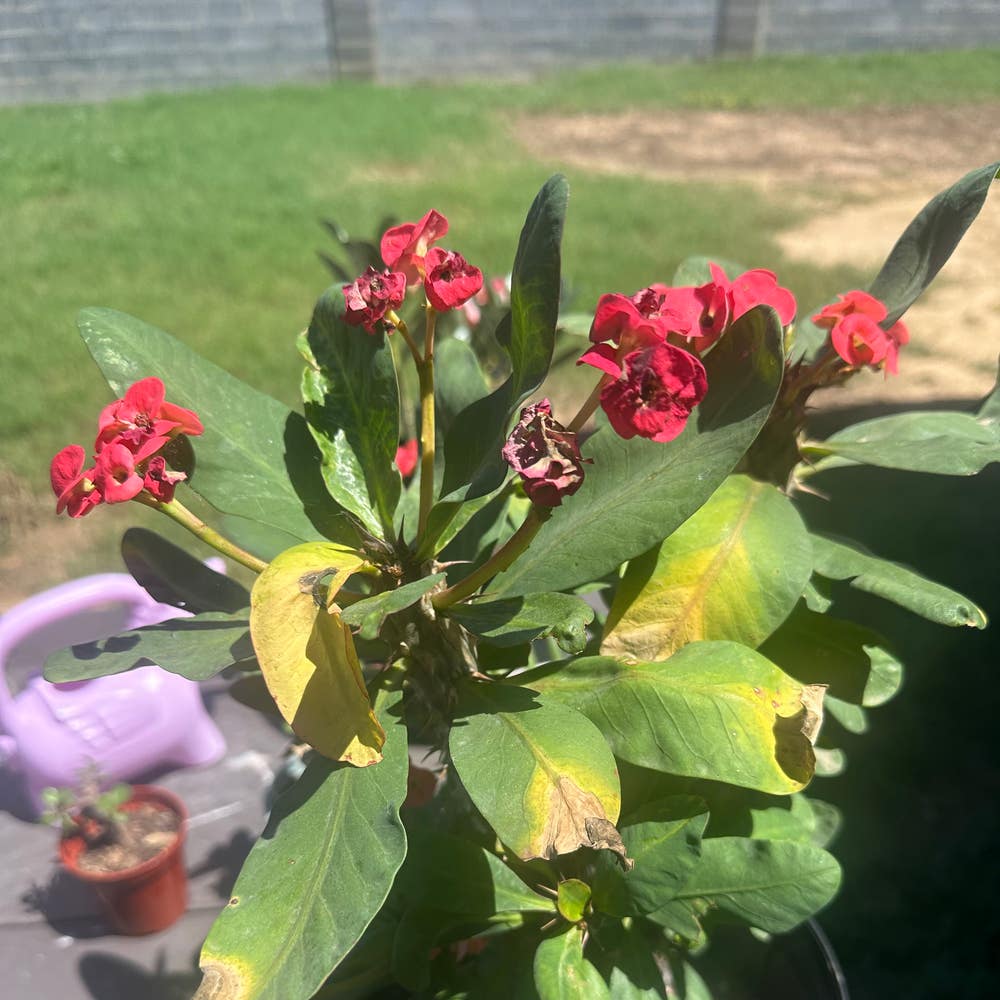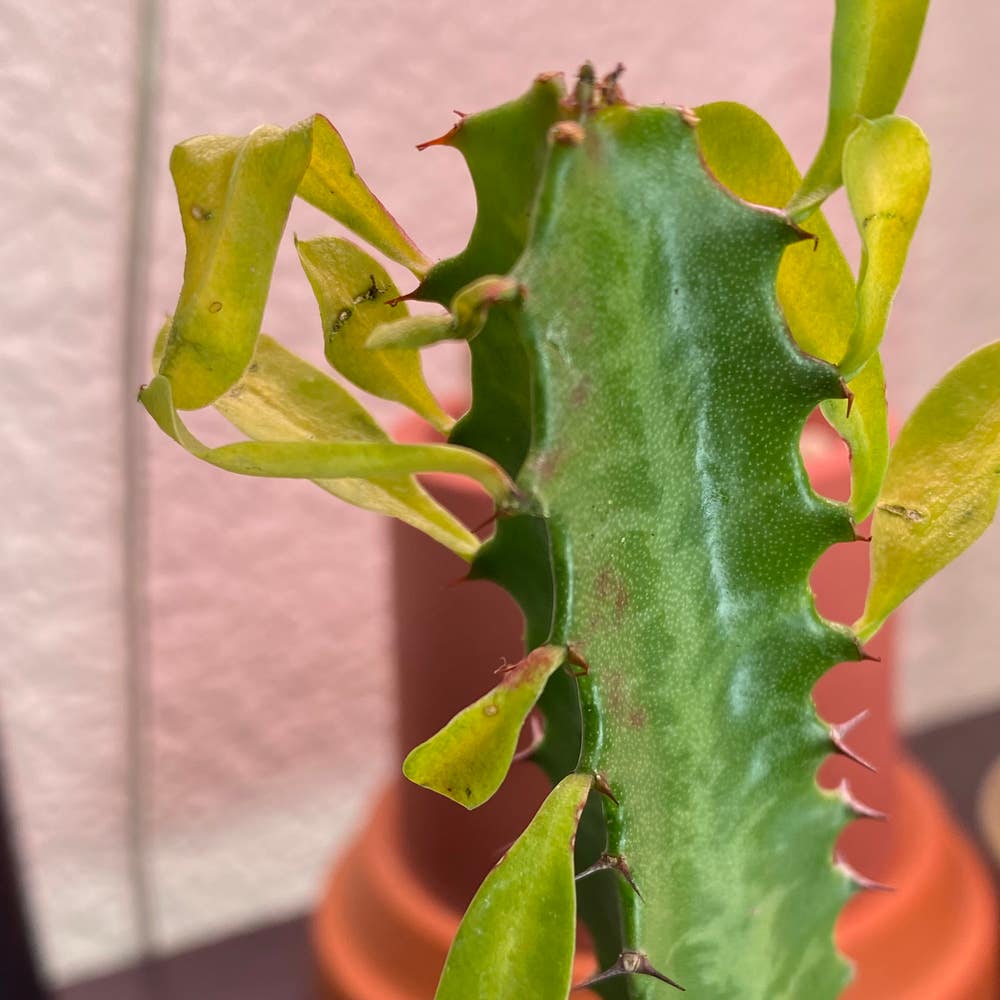





































Cancer Weed
About Cancer Weed
Cancer Weed is a relatively rare houseplant 🌿 that is easy to grow and needs very little water to thrive. They do best in long-lasting, direct light ☀️ and should be less than 1 foot from a window.
Cancer Weed likes soil that is extremely well-draining. Your plant shouldn't need added fertilizers if you repot each time it doubles in size.
Cancer Weed belongs to the Euphorbia genus, and is native to Europe to the Western Himalayas, and the Mediterranean to Somalia.
⚠️ Cancer Weed is not safe to consume. If you, a family member, or a pet has ingested any amount of plant material contact Poison Control, US (800) 222-1222, or your veterinarian. If you have children, cats, or dogs in the home, we suggest keeping this plant out of reach.
Taxonomy

Euphorbia peplus
Euphorbia
Euphorbiaceae
Malpighiales
Also known as
Milkweed, Petty spurge and Radium weed

How to care for Cancer Weed
How often to water your Cancer Weed

every 12
Cancer Weed needs 0.5 cups of water every 12 when it doesn’t get direct sunlight and is potted in a 5" pot.
Use our water calculator to personalize watering recommendations to your environment or download Greg for more advanced recommendations for all of your plants.

Water 0.5 cups every
12
Finding light for Cancer Weed in your home

a window
Cancer Weed love being close to bright, sunny windows 😎.
Place it less than 1ft from a south-facing window to maximize the potential for growth.
Cancer Weed does not tolerate low-light 🚫.
Select your region to see how the current weather in your area affects the placement of Cancer Weed in your home 🏡.
How to fertilize Cancer Weed

Most potting soils come with ample nutrients which plants use to produce new growth.
By the time your plant has depleted the nutrients in its soil it’s likely grown enough to need a larger pot anyway.
To replenish this plant's nutrients, repot your Cancer Weed after it doubles in size or once a year—whichever comes first.
-
How long will it take to sprout? #Euphorbia
-
Seed Pods Two of the seed pods from my baseball plant fell off without opening. What should I do now? #BaseballPlant #Euphorbia #Seedpod
-
Hi guys! I just adopted Medusa today, did some googling and figured out how to get her into a bigger pot. Now what do I do? She looks sick! #Euphorbia
-
I was just gifted this beautiful crown of thorns. The leaves are turning yellow. What could I possibly do to make it healthier? #CrownOfThorns #Euphorbia
-
Should I get a grow light? I don’t really have a window in my home with a ledge I could set him on. #Euphorbia
-
#Euphorbia can i revive her ?? i think i blasted her with too much sun for her size 😫
-
Help!! This plant has these little flies that I can’t get rid of. I’ve used the Neem oil but that not working so I’m wonder what else should be used? Its currently outside @ #Euphorbia
-
Can anyone help me with the best choice on fixing the ends of my plant. I set it out on the deck for a few hours and this happened. 🥺 #Euphorbia
-
I just received my new Euphorbia milk plant so I haven’t created an account for it yet but does anyone know whats going on with the leaves? Does he need to be quarantined? #Euphorbia
-
Following all directions but leaves drying and dropping. One green leaf left. Help! #Euphorbia
Care Summary for Cancer Weed

Cancer Weed
 Greg recommends:
Greg recommends:
 Water
Water
0.5 cups every 12 days
 Placement
Placement
< 1ft from a window
 Nutrients
Nutrients
Repot after 2x growth
Based on the 4” pot your plant is in, and that it doesn’t get direct sunlight.

 Trending in your area
Trending in your area
 Similar to Cancer Weed
Similar to Cancer Weed
✨ Discover rare plants

Hoya bordenii

Electric Fern

Scindapsus pictus 'Si…

Dinteranthus microspe…

Tuber Fleeceflower

Maroon Pitcher Plant

Blushing Aeonium

Kudu Lily

Cereus peruvianus 'Pa…

Begonia hydrocotylifo…

Royal Flush Split Rock

Ace of Spades

Hoya kalimantan

Kilimanjaro Plant

Variegated Arrowhead …

Large Leaf Elephant F…

Bonsai Crassula





































